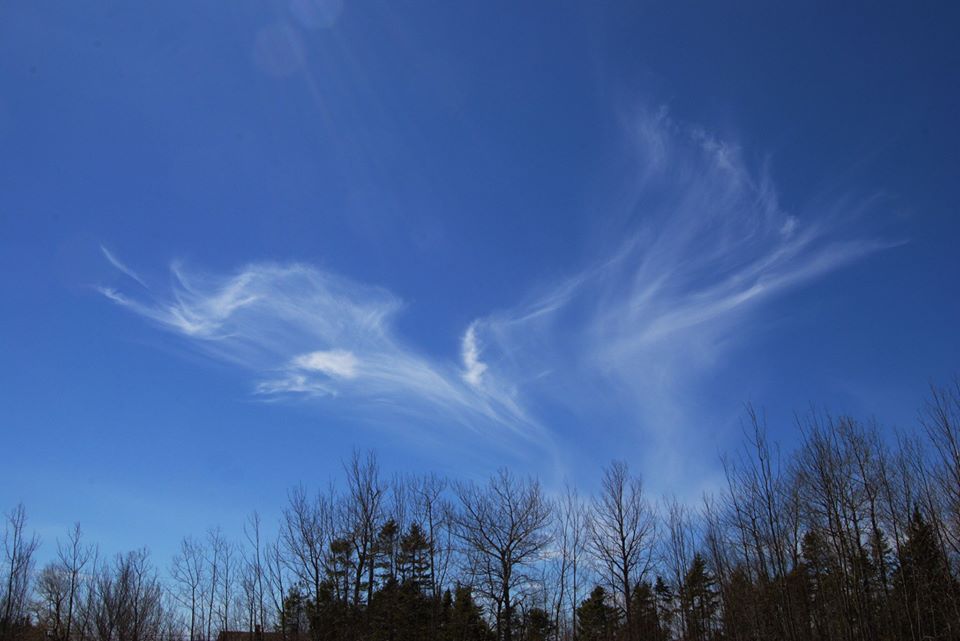Yesterday I had to do an emergency food run to sate the appetites of some voracious teenagers. As soon as my work day had ended, I hopped in the car and drove to the nearest place where I might find the only snack that would satisfy the picky eaters.
Not pizza. Not burrito bowls. Not sushi.
Milkweed plants.
After not having a single Monarch butterfly caterpillar last summer, I was delighted to spot one a few days ago on one of my swamp milkweed plants. The next day I was overjoyed to find three. The following day I was ecstatic to discover the number had grown to five.
Yesterday the count peaked at seven and I started to worry my five milkweed plants (three mature, two juvenile) would not suffice. The hungry youngsters had already stripped one of the small plants clean and were making quick work of two others.

Luckily, Seafoam Lavender a short drive away had two large swamp milkweed plants left for sale. I hastily transplanted them to my pollinator flower bed, which also features bee balm and black-eyed Susans (all courtesy of Seafoam Lavender).
Eat up, kids.
This is my second time playing Mom to Monarch babies. Two years ago, when the first of my milkweed seedlings matured, we had three caterpillars. I know at least one of them made it to adulthood because later that year I discovered an empty chrysalis hanging from the underside of my wheelbarrow.
I have great hopes for this year’s brood.
Turns out they aren’t the only hungry caterpillars taking advantage of my flower beds. I found what I think is an American Painted Lady (also called American Lady) butterfly larva in on of my wildflower beds.

I’m not sure which end of the American Painted Lady is which in the photo; it doesn’t have the telltale longer front antennae like the Monarchs. Fun fact: Did you know Queen butterfly caterpillars look almost identical to Monarchs except they have three sets of antennae? One set at the front, one at the back, and one in the middle — how cool is that?
